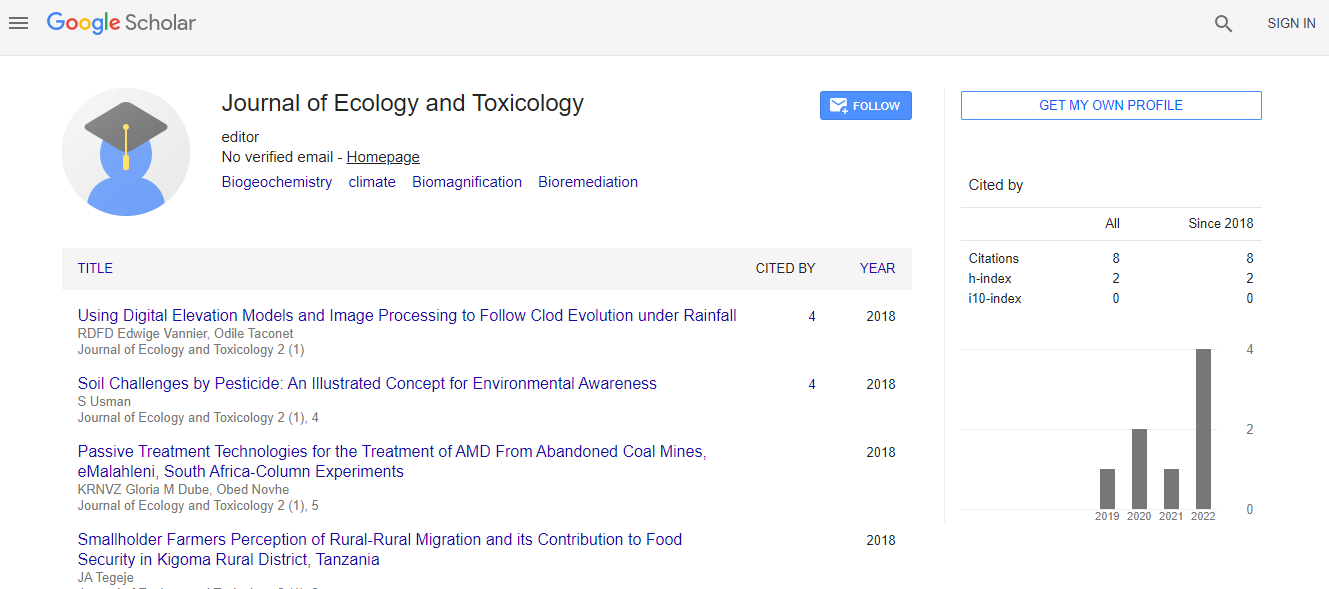Review Article
Up to Date In-vitro Artefacts in the Detection of Nanoparticles Toxicity: Short Review
Abdulmajeed G Almutary* and Barbara JS SandersonFlinders University, School of Medicine, Nursing and Health Sciences Building, Adelaide, South Australia
- *Corresponding Author:
- Abdulmajeed G Almutary
Flinders University, School of Medicine, Nursing and Health Sciences Building
Adelaide, South Australia
Tel: +61 432332385
E-mail: Almu0047@flinders.edu.au
Received date: April 27, 2017; Accepted date: May 23, 2017; Published date: May 25, 2017
Citation: Almutary AG, Sanderson BJS (2017) Up to Date In-vitro Artefacts in the Detection of Nanoparticles Toxicity: Short Review. J Ecol Toxicol 1:101.
Copyright: © 2017 Almutary AG. This is an open-access article distributed under the terms of the Creative Commons Attribution License, which permits unrestricted use, distribution, and reproduction in any medium, provided the original author and source are credited.
Abstract
Nanoparticle toxicology is an emergent field that focuses on establishing the hazards of human exposure to nanoparticles and their potential risk. Accurate assessments of nanoparticles risk involve the investigation of multiple factors such as the nanoparticles parameters, the test system and the cell type. Some nanoparticles may interfere with the toxicity detection assays or the enzymatic activity of the cell type. Thus, this lead to inaccurate obtained data which could mislead researches. In this short review, we provided up to date assessment on the cause of nanoparticles toxicity artefacts. Coating nanoparticle recently has been shown to hinder the interference with cell viability assays; however, this was found to be cell type and concentration dependent. Therefore, researchers suggest adding more washing steps to minimize the bound of nanoparticle with proteins or membranes. We suggest that conducting an interference test for each nanoparticle prior toxicity assessment to avoid any flaws.

